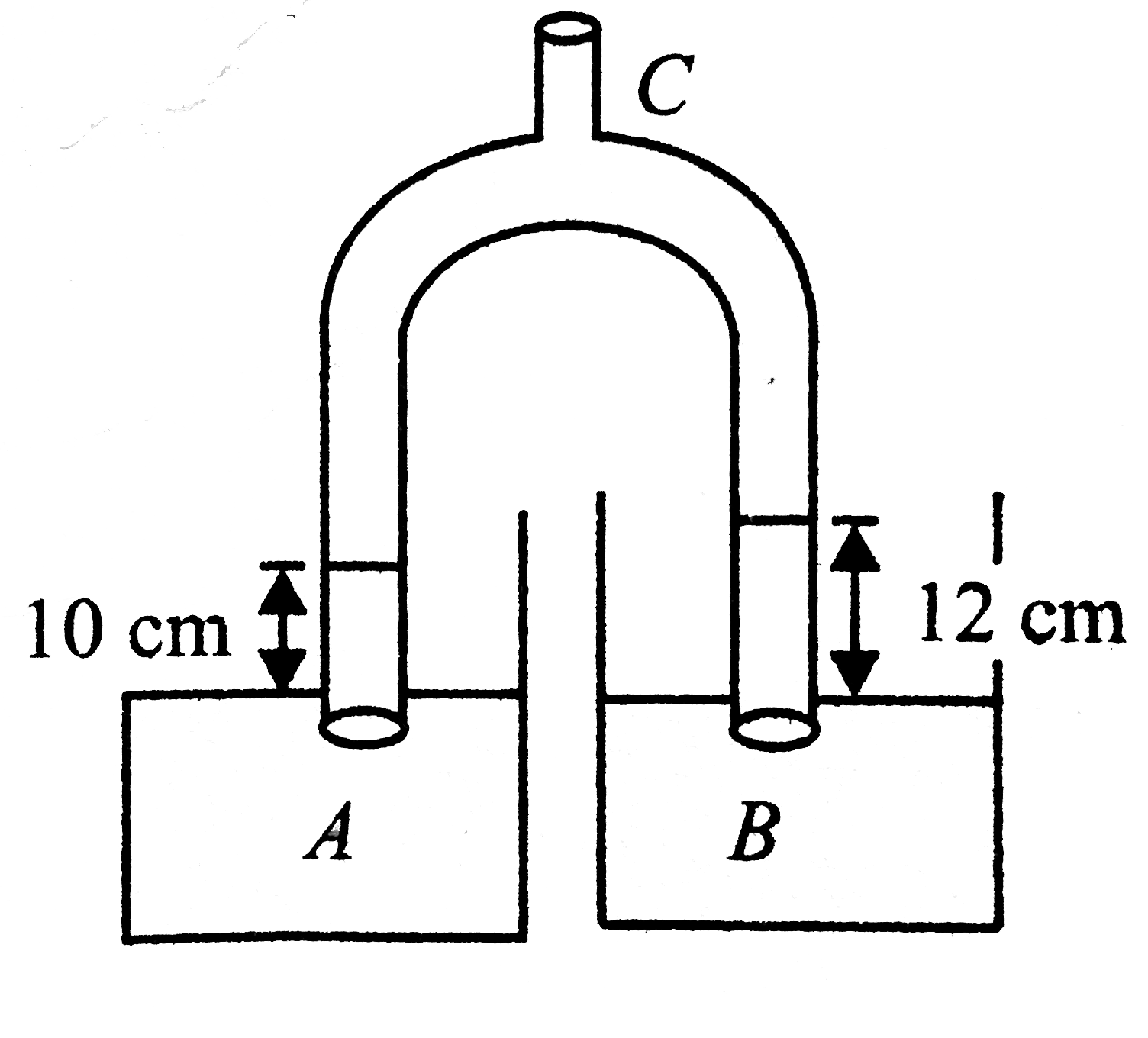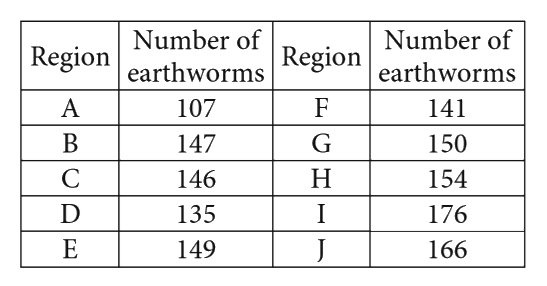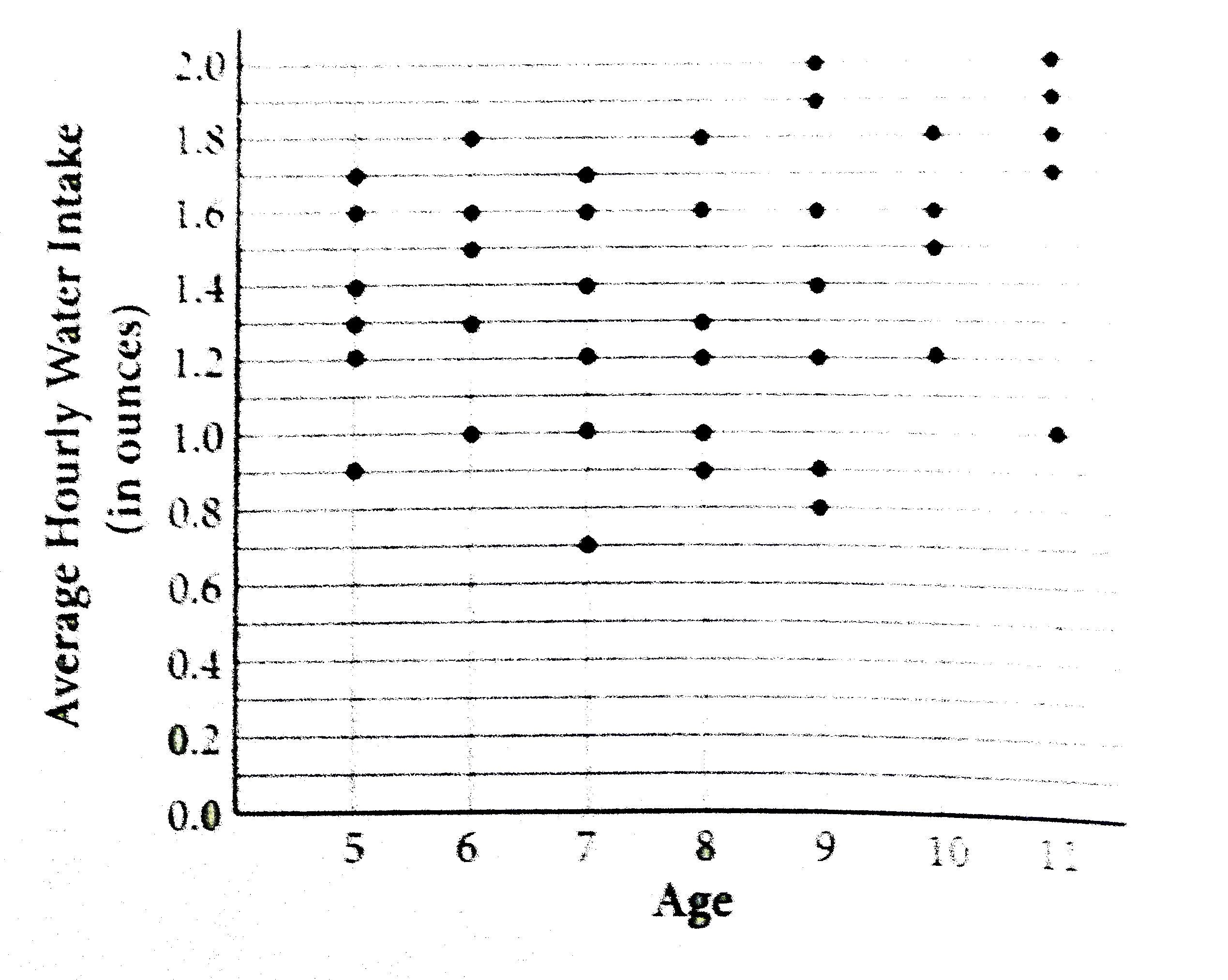If a patient suffers a stroke that destroys the optic tract on the right side of the brain, which of the following visual defects will result ?
There will be no vision in the left eye, but vision will be normal in the right eye.
The patient will not perceive images of objects striking the left half of the retina in the left eye.
The patient will not perceive images of objects strinking the right half of the retina in the right eye.
Neither eye will perceive objects in the right side of the patient's field of view.
The correct Answer is:C
To determine the visual defects resulting from a stroke that destroys the optic tract on the right side of the brain, we need to understand how visual information is processed in the brain.
1. Understanding the Visual Pathway:
- The visual information from the eyes is processed in a specific pathway. Each eye has a left and right visual field. The right visual field is processed by the left side of the brain, and the left visual field is processed by the right side of the brain.
2. Impact of the Stroke:
- A stroke that destroys the optic tract on the right side of the brain will affect the processing of visual information from the left visual field. This is because the right optic tract carries information from the left visual field of both eyes.
3. Effect on the Retina:
- The left half of the retina in both eyes corresponds to the left visual field. Therefore, if the right optic tract is damaged, the patient will lose the ability to perceive images from the left visual field.
4. Analyzing the Options:
- Option 1: "There will be no vision in the left eye but vision will be normal in the right eye." - This is incorrect because the left eye will still function; it is the visual field that is affected.
- Option 2: "The patient will not perceive images of the object striking the left half of the retina in the left eye." - This is incorrect because the left eye can still see; it is the left visual field that is lost.
- Option 3: "The patient will not perceive images of the object striking the right half of the retina in the right eye." - This is correct because the right optic tract is damaged, affecting the perception of the left visual field.
5. Conclusion:
- The correct answer is Option 3: "The patient will not perceive images of objects striking the right half of the retina in the right eye."
- The visual information from the eyes is processed in a specific pathway. Each eye has a left and right visual field. The right visual field is processed by the left side of the brain, and the left visual field is processed by the right side of the brain.
- A stroke that destroys the optic tract on the right side of the brain will affect the processing of visual information from the left visual field. This is because the right optic tract carries information from the left visual field of both eyes.
- The left half of the retina in both eyes corresponds to the left visual field. Therefore, if the right optic tract is damaged, the patient will lose the ability to perceive images from the left visual field.
- Option 1: "There will be no vision in the left eye but vision will be normal in the right eye." - This is incorrect because the left eye will still function; it is the visual field that is affected.
- Option 2: "The patient will not perceive images of the object striking the left half of the retina in the left eye." - This is incorrect because the left eye can still see; it is the left visual field that is lost.
- Option 3: "The patient will not perceive images of the object striking the right half of the retina in the right eye." - This is correct because the right optic tract is damaged, affecting the perception of the left visual field.
- The correct answer is Option 3: "The patient will not perceive images of objects striking the right half of the retina in the right eye."
Topper's Solved these Questions
- BOOK - NCERT FINGERTPS ENGLISHCHAPTER - MORPHOLOGY OF FLOWERING PLANTSEXERCISE - Morphology Of Flowering Plants135videos
MORPHOLOGY OF FLOWERING PLANTS
- BOOK - NCERT FINGERTPS ENGLISHCHAPTER - PHOTOSYNTHESIS IN HIGHER PLANTSEXERCISE - Photosynthesis In Higher Plants136videos
PHOTOSYNTHESIS IN HIGHER PLANTS
Similar Questions
A baby is born with a congenital cardiac defect that allows right atrial blood to bypass the lungs and enter the left atrium . Which of the following structural defects must be surgically repaired to save this baby's life ?
View SolutionThe limbs of a U-tube are lowerd into beakes A and B. A contains water and B some other liquid. Density of water is 1g/cm3 . Some air is pumped out from C and then this end is closed, as a result of this liquids rise by 10cm and 12cm respectively, on the left and right side. which of the following is/are correct?
 View Solution
View Solution
Knowledge Check
- Question 1 - Select One
A square field measures 10 meters by 10 meters. Ten students each mark off a randomly selected region of the field, each region is square and has side lengths of 1 meter, and no two regions overlap. The students count the earthworms contained in the soil to a depth of 5 centimeters beneath the ground’s surface in each region. The results are shown in the table below.

Which of the following is a reasonable approximation of the number of earthworms to a depth of 5 centimeters beneath the ground’s surface in the entire field?A150B1500C15000D150000
The periodicity is related to the electronic configuration. That is, all chemical and physical properties are a manifestation of the electronic configuration of the elements.
The atomic and ionic radii generally decrease in a period from left to right. As a consequence, the ionization enthalpies generally increase and electron gain enthalpies become more negative across a period. In other words, the ionization enthalpy of the exterme left element in a period is the least and teh electron gain enthalpy of the element on the exterme right is the highest negative. This results into high chemical reactivity at the two extermes and the lowest in he centre. Similarly down the group, the increase in atomic and ionic radii result in gradual decrease in ionization enthalpies and a regular decrease (with exception in some third period elements) in electron gain enthalpies in the case of main group elements.
The loss and gain of electrons can be co-related with the reducting and oxidising behaviour, and also with metallic and non-metallic character respectively, of the elements.
Which of the following statements is correct?View SolutionTwo strings, A and B, of lengths 4L and L respectively and same mass M each, are tied together to form a knot 'O' and stretched under the same tension. A transverse wave puise is sent along the composite string from the side A, as shown to the right. Which of the following diagrams correctly shows the reflected and transmitted waves pulses near the knot 'O' ?
_S01_011_Q01.png) View Solution
View SolutionA right-angled prism is made up of a material of refractive index μ. It is desired that a light ray incident normally on PQ emerges parallel to the incident direction after suffering two total internal reflections . In which of the following conditions is this possible ?
 View Solution
View SolutionA dietician working in the childrens ward at a hospital is monitoring the water intake of all the patients in the ward. The total water intake for each patient is recorded throughout the day and then averaged over the 24-hour period. The results are recorded in the scatterplot, where each dot represents the average hourly water intake for one child.

Q.Which of the following ages has the greatest range of values for the average hourly water intake?View SolutionIn an ideal crystal, the entropy of the constituents at absolute zero temperature (0K) is zero. However, the crystals generally suffer from certain defects also called imperfections They may be both electronic and atomic in nature. The atomic imperfections may be stoichiometric (Schottky and Frenkel defects) or non-stoichiometric (metal excees and metal deficiency defects). In addition to these, there are impurity defects which are caused by the addition of certain impurities of metals and this is known as dopping. The dopping leads to semi conductors which may be either n-type or p-type in nature.
Which of the following is correct ?View SolutionThe line x+65=y+103=z+148 is the hypotenuse of an isosceles right-angled triangle whose opposite vertex is (7,2,4). Then which of the following in not the side of the triangle?
a. x−72=y−2−3=z−46
b. x−73=y−26=z−42
c. x−73=y−25=z−4−1
d. none of theseView SolutionThe line x+65=y+103=z+148 is the hypotenuse of an isosceles right-angled triangle whose opposite vertex is (7,2,4). Then which of the following is not the side of the triangle? a. x−72=y−2−3=z−46 b. x−73=y−26=z−42 c. x−73=y−25=z−4−1 d. none of these
View Solution

